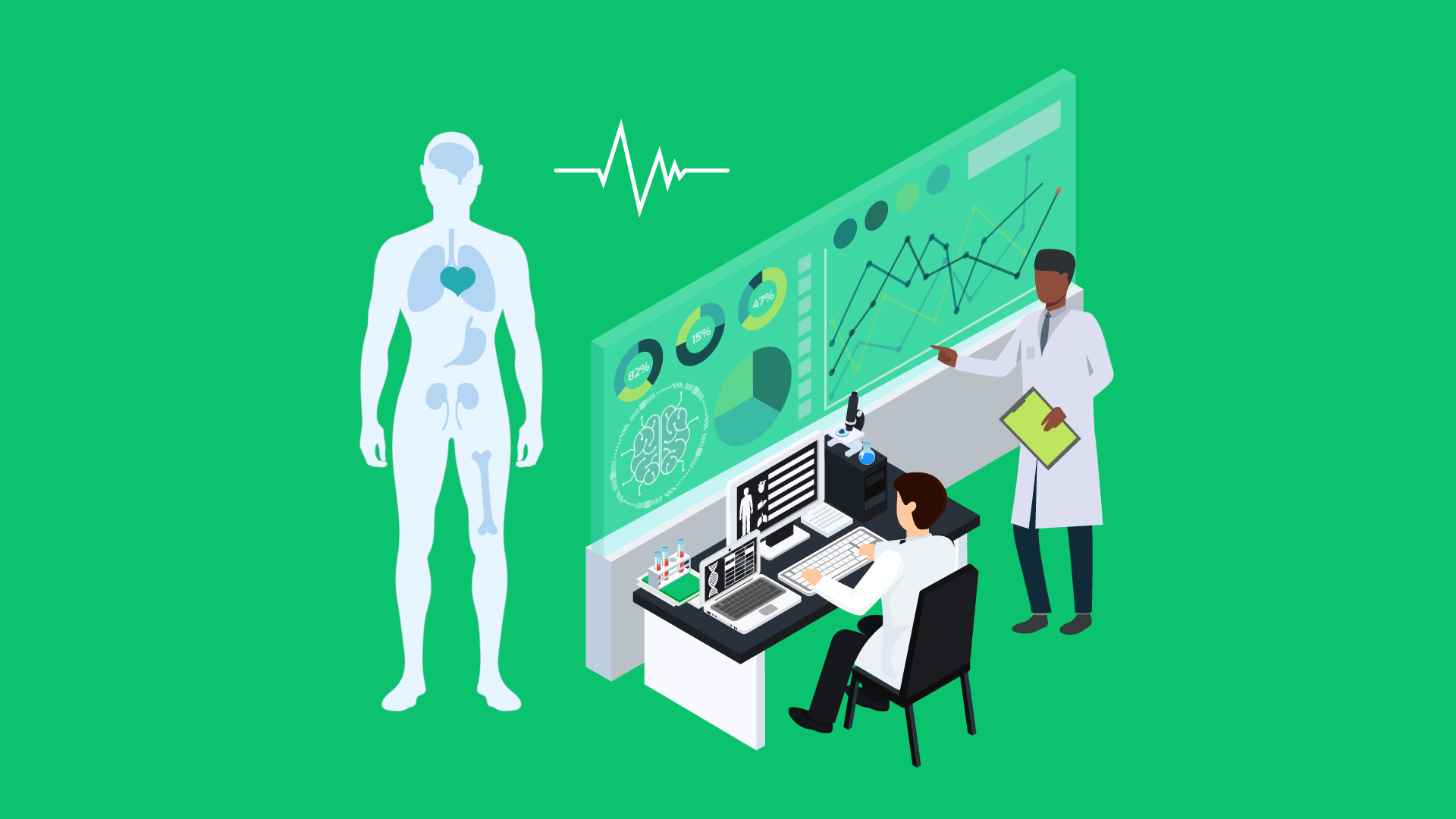
This post originally appeared on Fast Data Science’s blog on LinkedIn.
Clinical research can be better understood through two primary perspectives: the anatomy and physiology of a study. These themes help researchers design and conduct efficient and valid studies.
The anatomy of research encompasses the tangible elements of a study plan. A protocol lays out these elements, serving as a detailed blueprint for the study. The main components of this blueprint include:
Research Question: The core objective or the specific uncertainty the study aims to resolve. It often begins with a broad concern narrowed down to a concrete, researchable issue. For example:
Background and Significance: Conduct a thorough literature review to understand what is already known about the topic. It helps refine the research question and establish the study’s rationale by identifying gaps in existing knowledge.
Design: The study’s structure includes decisions about whether to conduct an intervention or an observational study. Different designs suit different research questions and resources. For example:
Participants: Criteria for selecting study participants and the sampling design.
Variables: Defining predictor variables, confounding variables, and outcome variables, which are the measurements to be made during the study.
Statistical Issues include formulating hypotheses, determining sample size, and deciding on the analytic approach.
The physiology of research focuses on the processes that make the study work and how to ensure these processes yield valid conclusions. The aim is to minimise errors that could compromise the study’s findings and applicability to the larger population.
Design studies to yield reliable results about what happened within the research and how to generalize those results. It involves rigorous data collection, accurate measurement techniques, and appropriate statistical analysis to ensure that conclusions are valid and actionable.
While separating the anatomy and physiology of research helps simplify complex topics, it is essential to understand that these components are interdependent. Just as in the human body, the anatomy of a research study (its structure) and its physiology (how it functions) must work together seamlessly to produce meaningful and reliable results.
Understanding both the anatomy and physiology of clinical research is crucial for designing studies that are efficient, valid, and capable of providing significant insights. By meticulously planning the study’s structure and ensuring the processes are robust, researchers can achieve reliable and applicable findings to broader contexts.
Fast Data Science has created a Clinical Trial Risk Tool that uses AI to help you derive cost and risk estimates from clinical documents. Try the Clinical Trial Risk Tool here: https://mailchi.mp/fastdatascience/clinicaltrialrisktool
Source:
Browner, Warren, S. et al. Designing Clinical Research. Available from: Wolters Kluwer, (5th Edition). Wolters Kluwer Health, 2022.
The Importance Of Accurate Cost Estimation In Clinical Trials
Optimise Your Clinical Trial Workflow Then Save Time And Money

Guest post by Safeer Khan, Lecturer at Department of Pharmaceutical Sciences, Government College University, Lahore, Pakistan Introduction The success of clinical studies relies heavily on proper financial planning and budgeting. These processes directly impact key factors such as project timelines, resource allocation, and compliance with regulatory requirements. The accurate forecasting of costs for clinical trials, however, is a highly complex and resource-intensive process. A study by the Tufts Center for the Study of Drug Development found that the average cost of developing a new drug is approximately $2.

Guest post by Safeer Khan, Lecturer at Department of Pharmaceutical Sciences, Government College University, Lahore, Pakistan Introduction Recent years have seen a substantial rise in oncology clinical trials, with annual growth exceeding 260 studies on average [1]. Despite this increase, these studies continue to be some of the most demanding and resource-intensive in clinical research. The combination of intensive monitoring, detailed assessment schedules, and highly specific eligibility criteria creates substantial operational challenges.

Guest post by Safeer Khan, Lecturer at Department of Pharmaceutical Sciences, Government College University, Lahore, Pakistan Introduction In recent years, the cost of conducting clinical trials has risen dramatically. This increase has posed a significant challenge for pharmaceutical companies, researchers, and healthcare innovators. According to a study published in Nature Reviews in 2017, the median cost of conducting a study was $3.4 million for phase I trials, $8.6 million for phase II trials, and $21.